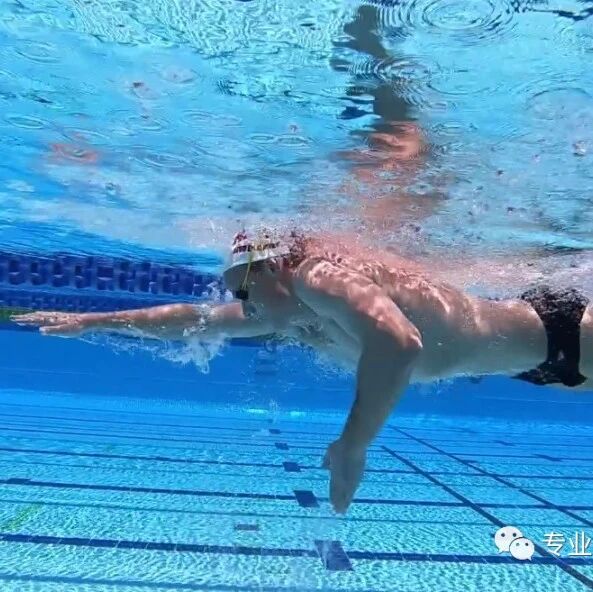How to build core strength for freestyle swimming? Start by squeezing your glutes!
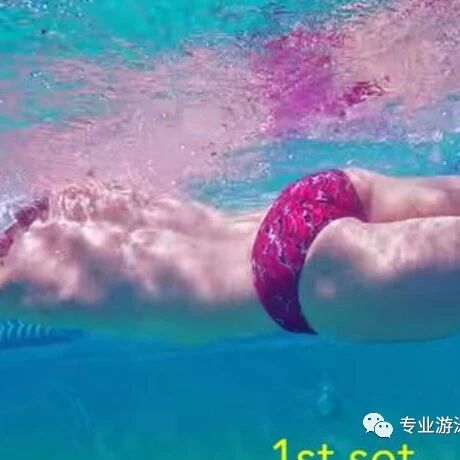
We’ve been talking a lot about core strength—this is crucial for all sports, and it’s absolutely essential for freestyle swimming. But how exactly do you build that core strength? You don’t necessarily have to practice in the water; in fact, off-the-mat exercises are just as important. In this article, we’ll introduce several common drills specifically designed to boost your core power for freestyle swimming—not just general fitness routines. A fellow swimmer recently asked me how to strengthen his core, so I hope this piece proves helpful!
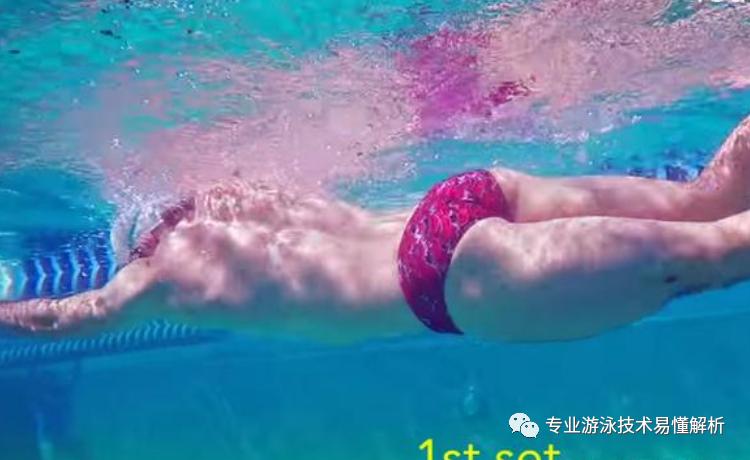
1. Plank Exercise
When performing the plank exercise, you might initially be able to hold it for 30 seconds to about a minute—but with consistent practice, you can extend that to 5 minutes or even longer. This exercise is highly effective in improving the efficiency of force transmission and enhancing your body’s stability as you glide through the water. Badminton legend Lin Dan frequently incorporates planks into his routine, as the sport’s dynamic twisting motions place intense demands on core strength.
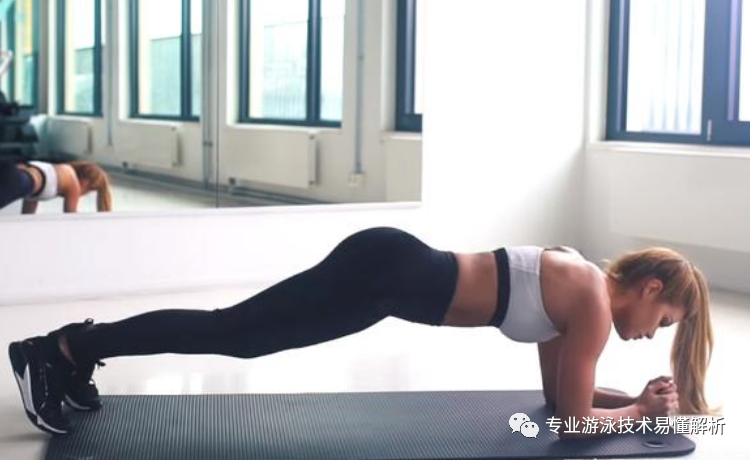
2. Mimic the lateral rotation during the swim stroke
In freestyle swimming, the body alternately twists from side to side as you glide forward. If the amplitude of these twists isn’t properly controlled, your body can easily start rolling like a log in the water—often leading to an awkward sideways flip. That’s why, during plank exercises, you can keep your arms and feet still while gently twisting your hips to the sides, noticing how your core, abdomen, and glutes tighten throughout the motion. This sensation closely mirrors the way your body naturally feels when you twist sideways while swimming through the water.

3. The Indispensable Kick
When performing the flutter kick in the water, beginners often unintentionally turn it into a "calf kick" or lock their knees, causing their legs to stiffen and preventing them from generating an effective kicking motion. To enhance your awareness of core engagement during the kick, try this exercise on land: Lie flat on your back, bring your legs together and lift them up, then spread your legs apart and gently swing them side to side. Follow this with alternating up-and-down movements, completing 3 sets of each—20 repetitions per set, with 10 reps for each leg.
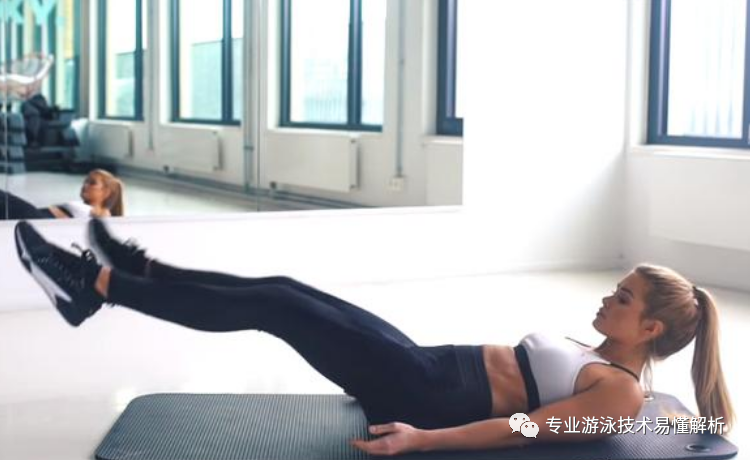
While performing this exercise, pay attention to engaging your core muscles. If you feel a mild ache at the base of your thighs, it means you’re using the right technique.
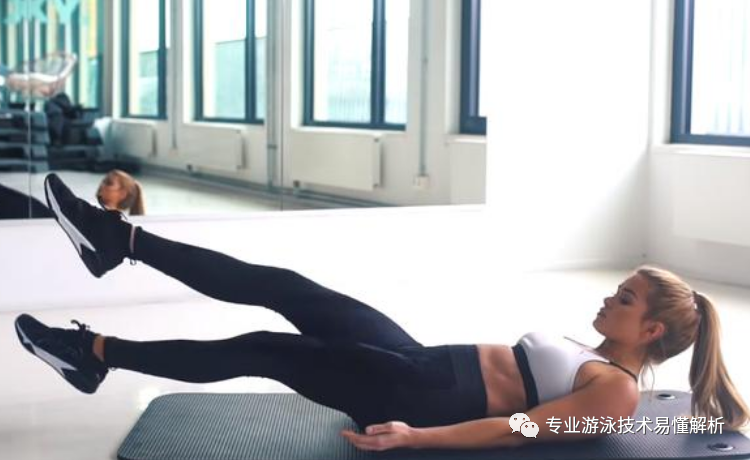
4. Dynamic Balance During the Swimming Stroke
Previously, I specifically shared my insights on maintaining dynamic balance while swimming freestyle. Whether it’s shoulder-driven or hip-driven movements—or even the body’s overall lateral rotation—it all depends on whether the shoulders and hips rotate in sync and at consistent amplitude. However, from the perspective of body twisting and engaging core strength, the role of core power during twisting is absolutely critical for keeping the body stable and rigid. Therefore, please perform the body-twisting exercises shown in the diagram below.
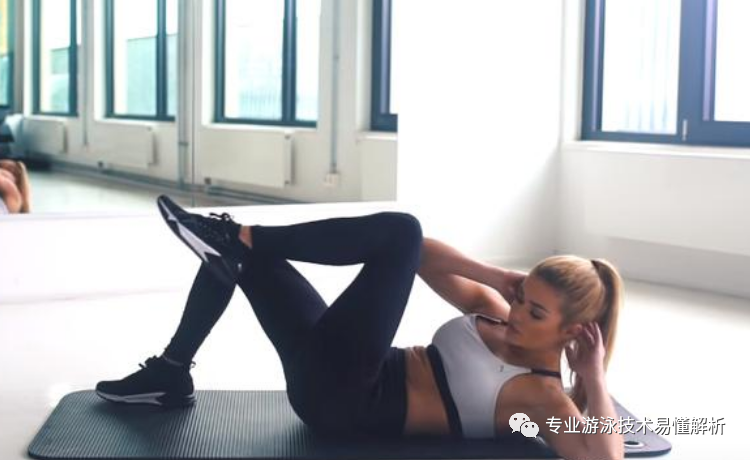
These two exercises—one involves lifting the opposite leg and arm simultaneously, bringing the knee into contact with the elbow—and the other focuses on lifting both legs together while also raising and twisting the upper body, with the entire weight supported by the hips. This exercise effectively targets and helps eliminate excess fat along the sides of the waist.

5. Exercises to Prevent Lower Back Collapse
Many swimmers struggle to perform the "gun-arm stroke" motion during full-immersion freestyle practice—when their bodies start to roll to the side, they often experience a noticeable sinking of the waist. For these swimmers, regularly practicing the following exercise can be highly beneficial. Lie on your side with one leg completely stacked on top of the other. Then, use the power of your "hip lift" to keep your body upright, supporting yourself solely on one arm and one foot. Extend the other arm upward, hold this position steady for 5 to 10 seconds without moving, and then switch to the opposite arm to continue the exercise.
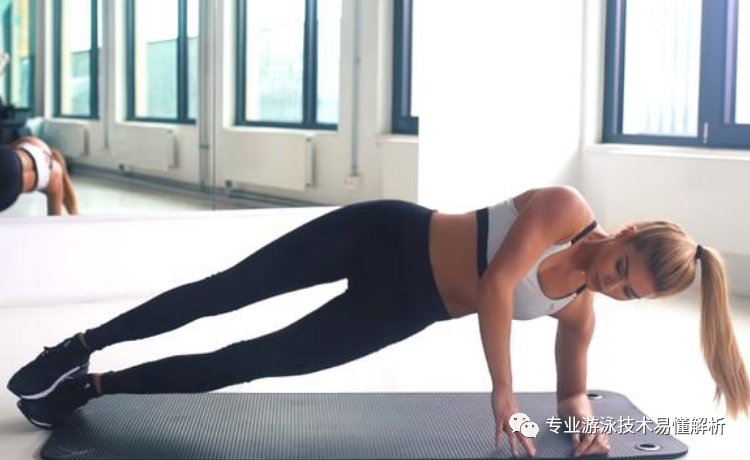
6. Exercises to Enhance Body Control
As shown in the diagram, fully support your body with both hands, press your feet firmly into the ground, then bring one thigh across to the opposite side while twisting your torso. Perform this movement 15 times on each side, followed by a 20-second relaxation break, and then resume the exercise. After completing 3 sets, take a moment to notice how your abdominal and gluteal muscles feel. This exercise significantly enhances your body control, making it easier to lift and stabilize your lower body.

Related Articles
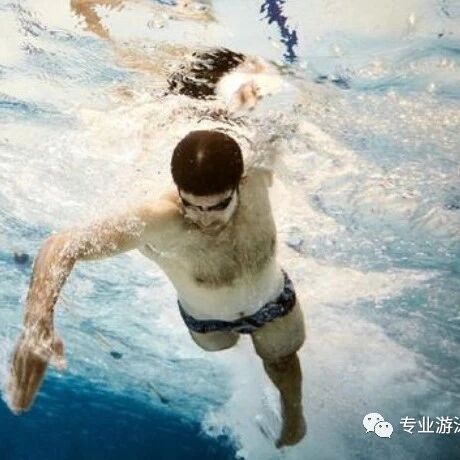
Keep your elbows high, but release the pressure as needed—don’t let high elbows turn into dragging ones, and avoid letting them become mere empty gestures.
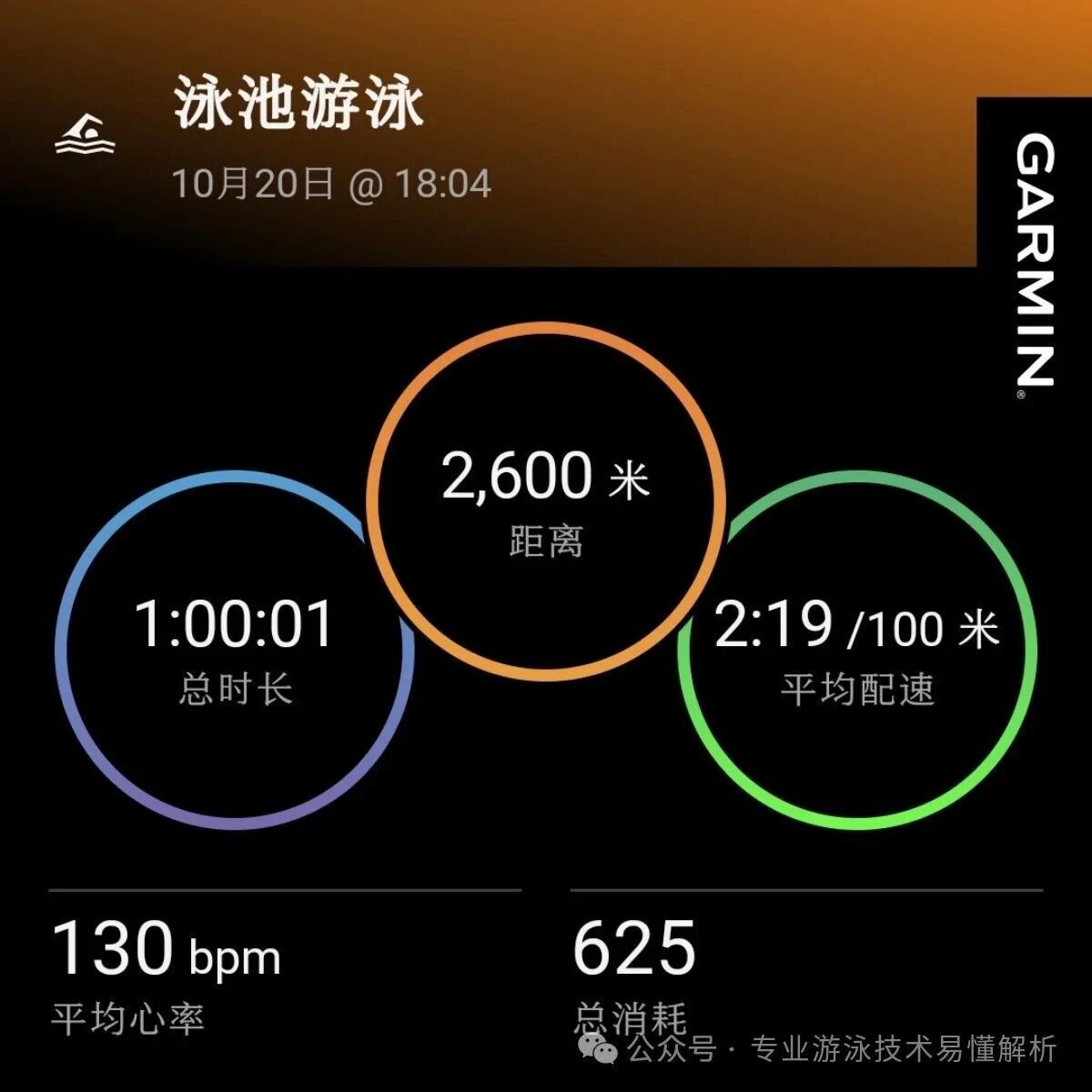
Swimming session completed in one hour after the rain-cooled weather
